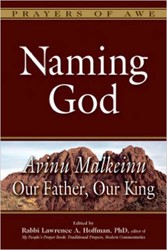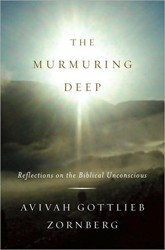Historical works today usually take one of two forms. The first is the carefully footnoted examination of a narrow topic, written by a specialist for specialists and attempting to advance the state of science a few yards down the road. The second is the history of great themes, striving to educate the public on a neglected or misunderstood period or personage. In the Footsteps of the Lost Ten Tribes does not fit into either category. Rather it falls into the world of obscurantist, highly individualized scholarship that rarely finds a broad audience.
The argument of the book is that the ten tribes of Israel, following the Assyrian conquest (130 years prior to the destruction of Jerusalem and the state of Judea by the Babylonians) were exiled, but not dispersed. Rather, they first settled Afghanistan, then parts of India, China, and finally Japan. Along the way, they became the Pashtuns (the warlike tribe amongst whom Osama bin Laden finds his refuge), an Indian caste, and the Japanese. Fascinating as is this tale, nothing in it convinces. Similarities between Hebrew names and Shinto terminology do not a conclusive proof make, nor does the heavy reliance on travelogues and tendentious works of the 19th and early 20th centuries.




